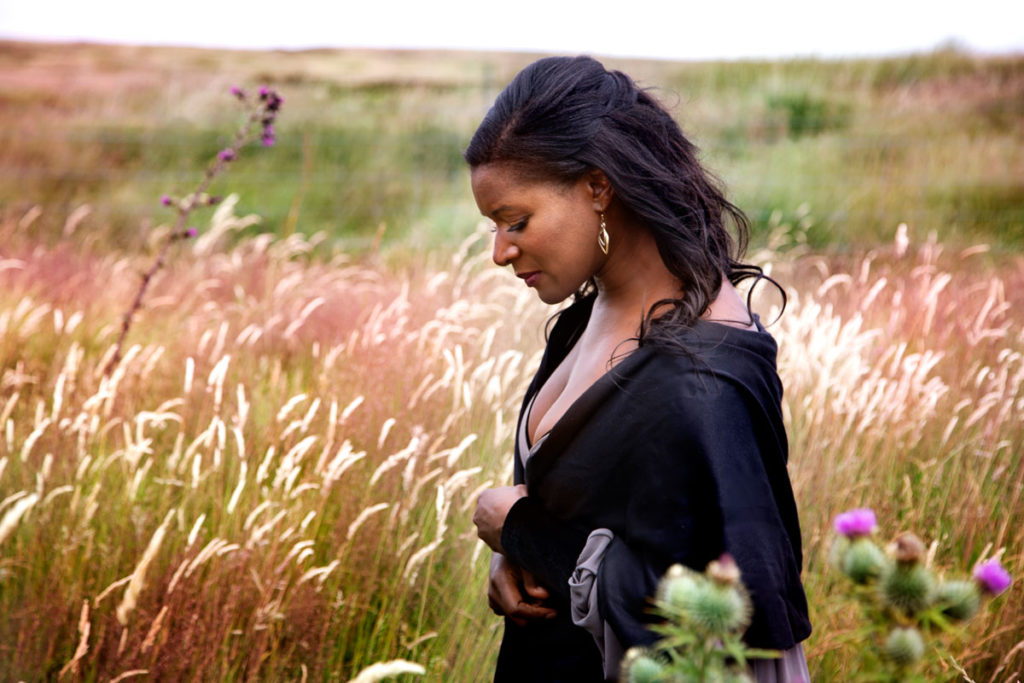
HARD on the heels of her triumphant Opera North run in the title role of Ariadne auf Naxos, Elizabeth Llewellyn brought her radiant soprano to more intimate surroundings in a recital celebrating the late Dr Keith Howard, the most generous benefactor in Opera North’s history. Simon Lepper’s piano was her deft partner.
Her programme was an eclectic mix of Verdi and Puccini songs that played to her operatic strengths, lieder of Brahms and Strauss, and songs by two English composers, Coleridge-Taylor and Stanford.
Llewellyn’s debut recording, Heart And Hereafter in 2021, was devoted to songs by Coleridge-Taylor, eight of which she offered here, opening each half of the evening with them. She clearly has a special feel for this music. The best of three from 1896 was a setting of Elizabeth Barrett Browning’s sonnet Tears, an intimate view of grief.
Even more affecting were four settings of Christina Rossetti from Sorrow Songs, Op 57 (1904), with a passionate “Let me be” in Oh What Comes Over The Sea?.
There is often a touch of Brahms in the music of Stanford, Coleridge-Taylor’s teacher, even when he is trying to be Irish, as in A Sheaf Of Songs From Leinster. Llewellyn gave a spirited account of The Bold Unbiddable Child. In three lieder by Brahms himself, she tried to keep her tone intimate and succeeded best with Auf dem Kirchhofe (In The churchyard), with its telling rhymes, ‘Gewesen’ (deceased) and ‘Genesen’ (released).
She was wise to keep her Italian songs and her Strauss to the end of each half: they allowed her to open out her naturally rich tone. She found it easy to convey the adoration of Du Meines Herzens Krönelein (You My Heart’s Little Crown) and the rapture of the evergreen Ständchen (Serenade). They also allowed Lepper to break out more and he took full advantage of Strauss’s lush accompaniments, highlighting pianistic details.
Llewellyn’s Italian projection was even smoother still. The lullaby Sogno d’or (Sweet Dream, 1912) reappeared in the opera La Rondine; she covered her tone beautifully at its close. She cleverly paired it with another ‘ninna-nanna’ (lullaby), E l’uccellino, an amusing little bird. The remainder of the Puccini songs were stand-alone numbers, which rarely get a recital airing.
In three Verdi songs at the close, she really cut loose, finishing with a vivaciously carefree gypsy girl in La Zingara. As she spends more time in recital halls, she will perhaps not feel the need to fall back on operatic styles so much and she will tailor the intimate side of her tone accordingly.
She has all the charm and charisma you could ask for. For the time being, however, she will do herself – and her audiences – an immense favour by dispensing with her music stand and learning the songs as she would an operatic role. Only then will she establish that direct communication with her listeners that is so crucial to the full success of a song recital.
Review by Martin Dreyer
Elizabeth Llewellyn & Simon Lepper’s CD of songs by Coleridge-Taylor is on Orchid Classics ORC 100164.
